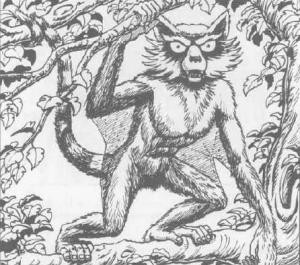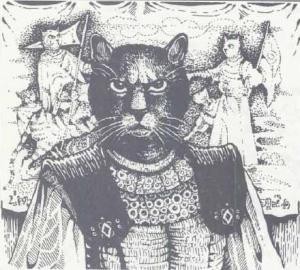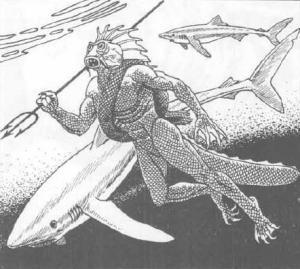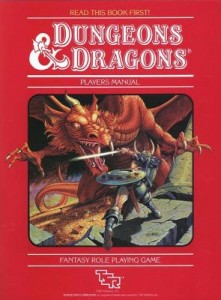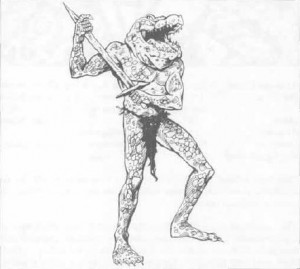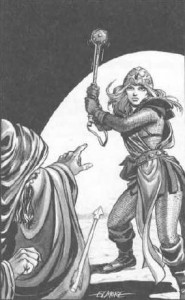In a discussion about WotCs release schedule for the new Dungeons & Dragons game, I rediscovered an old forum post I made back in July 2011, just three years after the 4th edition had been released:
Since this topic has come up quite a bit in several threads in recent weeks, I think having a dedicated thread for it might be a good idea, so it doesn’t swamp other threads about completely different issues.
I didn’t believe any rumors about 4th Edition until the official announcement, but right now I expect “something” to be announced within this year. It’s not that I think something is wrong with the 4th Edition (though I don’t play it) or have any wishes how any upcomming publications should be. I just think that the current business situation indicates that 4th Edition will not continue as it is to see a full 10 year run up until 2018 (roughly the time AD&D 1st Ed., AD&D 2nd Ed, and D&D 3rd Ed lasted).
- A revision in the form of Essentials has been nothing unusual for D&D editions, though it has been by far the fastes one.
- Shortly after Essentials was launched, many upcomming releases had been canceled.
- Reportedly WotC has been laying off staff over the last months and what books are released are written by freelancers.
- Some store owners claim that the direct competitor Pathfinder is outselling D&D. Also, recent releases like the Dark Sun books seem to no longer be able to be restocked if sold out.
- Finally, the head of the 4th Edition development team has released some blog entries in his column on the offixial website, in which he is analyzing what D&D is really about, and what are the bare bones on which every D&D edition has to be build on to really be D&D. I think such thoughts are the first step to develop a new edition, or to look back on your work and consider what was done right and what done wrong.
As it is right now, it does not look as if there will be any more major releases for the 4th Edition. But since D&D is a hugely popular brand and brand recognition is one of the most valuable things a company can have, I really can’t imagine WotC continuing D&D with only four minor releases per year or just discontinuing it and leave the brand dormant.
Something has to happen, and a second reboot of 4th Edition after just one year is something nobody would really dare to risk.
If it will be called Dungeon & Dragons 5th Edition, I don’t know. It’s merely the most simple way to again make some good money with the brand. An alternative could be to pull out of the RPG market as it seems to be widely considered that the real profits of WotC are made in trading card games and other products. And who would have thought that TSR, Sega, or Atari would one day not be the big names of the RPG and video game business? Though as of now, I see nothing indicating a sell of the brand in any way.
With GenCon and PAX the next months, I expect an announcement of any kind to be made rather soon.
15.07.2011 http://www.giantitp.com/forums/showthread.php?207470
Turned out the announcement came the next january. Looking back, it turned out to be pretty spot on. And it wasn’t a lucky guess, people had been seeing the signs on the horizon for some time by that point. The one point on which I ended up being completely wrong was “I really can’t imagine WotC continuing D&D with only four minor releases per year”. Apparently, yes. This seems to be exactly what they are doing now with 5th edition.


